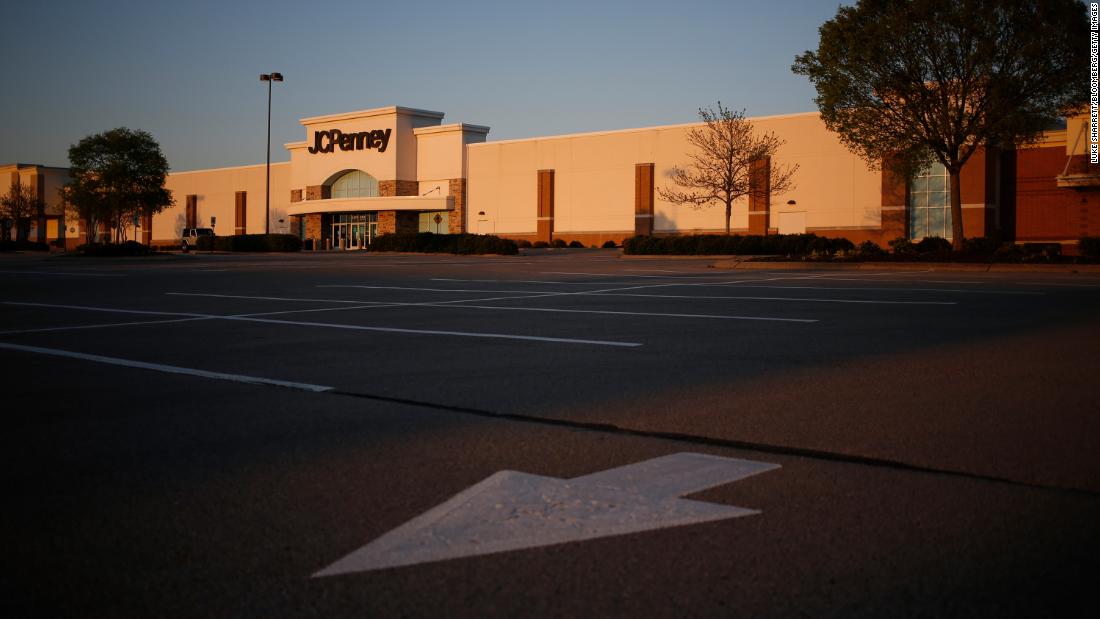[ad_1]
Store-closing sales are crucial to the nation’s retail economy: They help liquidate slow-to-sell inventory, and in many cases, they fund a company’s operations through bankruptcy. Without liquidation sales, retailers would find it much tougher, if not impossible, to stay in business during a reorganization.
“We probably would have seen more file by now if stores were open,” said Reshmi Basu, an expert in retail bankruptcies at Debtwire, which tracks the finances of troubled companies. “We’re clearly seeing a lot of companies engage [bankruptcy] advisors. But it’s not a great time to file. A lot of companies are on hold because you can’t get the money you need coming in from liquidation sales.”
Filing for bankruptcy does not need to be a death sentence. Companies can use the process to close unprofitable operations, shed debt and other liabilities and emerge as more profitable companies.
But those turnarounds require funding during reorganization, and normally that comes in the form of debtor-in-possession loans, or DIP loans. DIP lenders are willing to loan money to troubled companies because bankruptcy law allows them to be repaid before other lenders. And in the retail sector, that DIP lenders depend on the inventory of stores to be closed to be repaid.
“Historically, the store closing sales are pretty important,” said Matthew Katz, managing partners at consultant SSA & Co. “The longer the [store closing sales] take, and more aged the merchandise gets, the less the value. That value is what the lenders are looking at.”
Once a company files for bankruptcy, the clock is ticking on its effort to win approval of the bankruptcy court to stay alive. After 180 days in bankruptcy, a company’s creditors can push the court to halt the reorganization effort and start the process of liquidation.
The problems facing traditional brick-and-mortar stores didn’t start with the Covid-19 crisis. A record 9,275 major retail stores announced closings last year, according to CoreSight Research, which tracks such announcements.
But filing for bankruptcy to stay in business is a lot more difficult than it used to be. That means many stores that might have been able to reorganize in the past might fail in their attempts to do so at this difficult time.



















